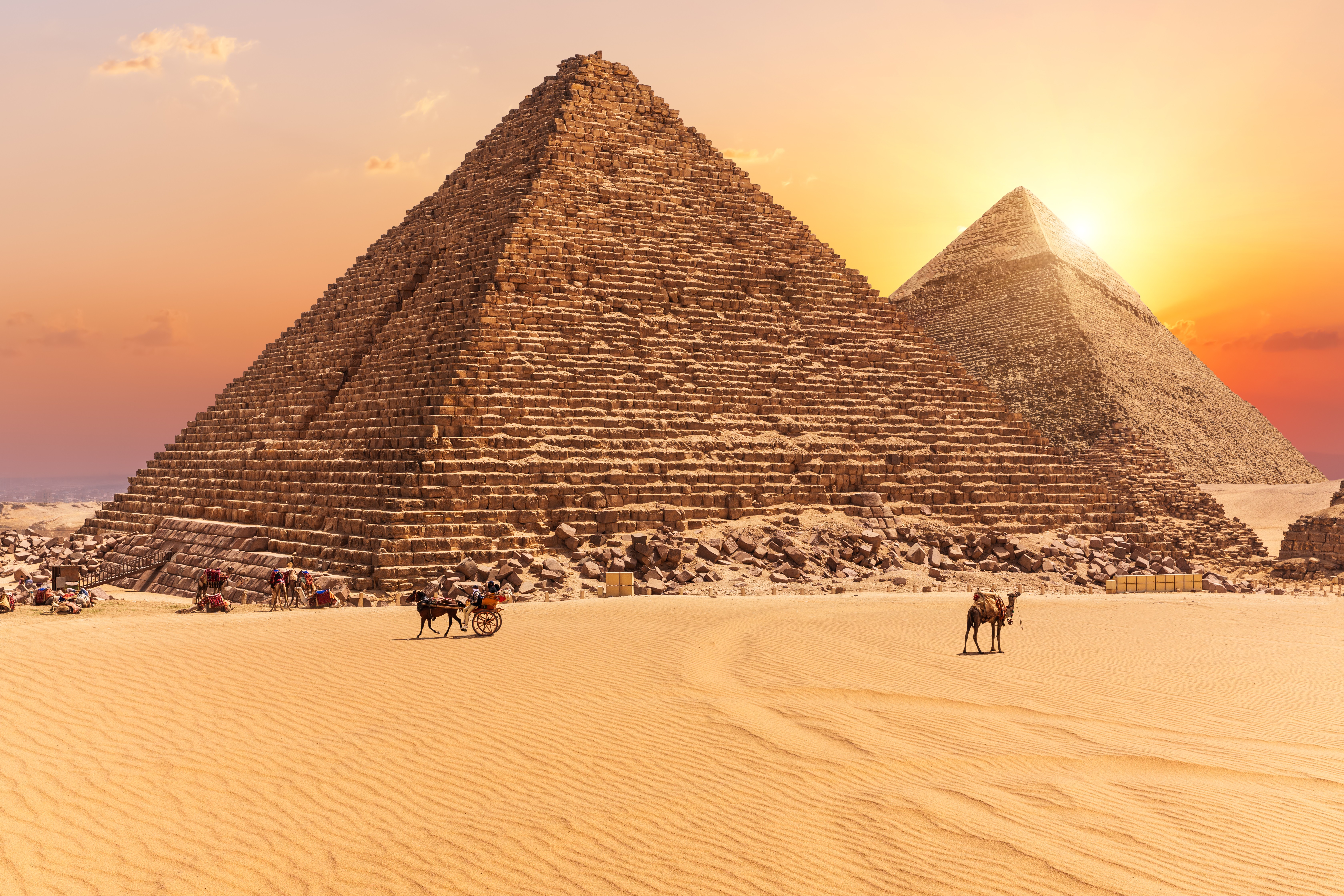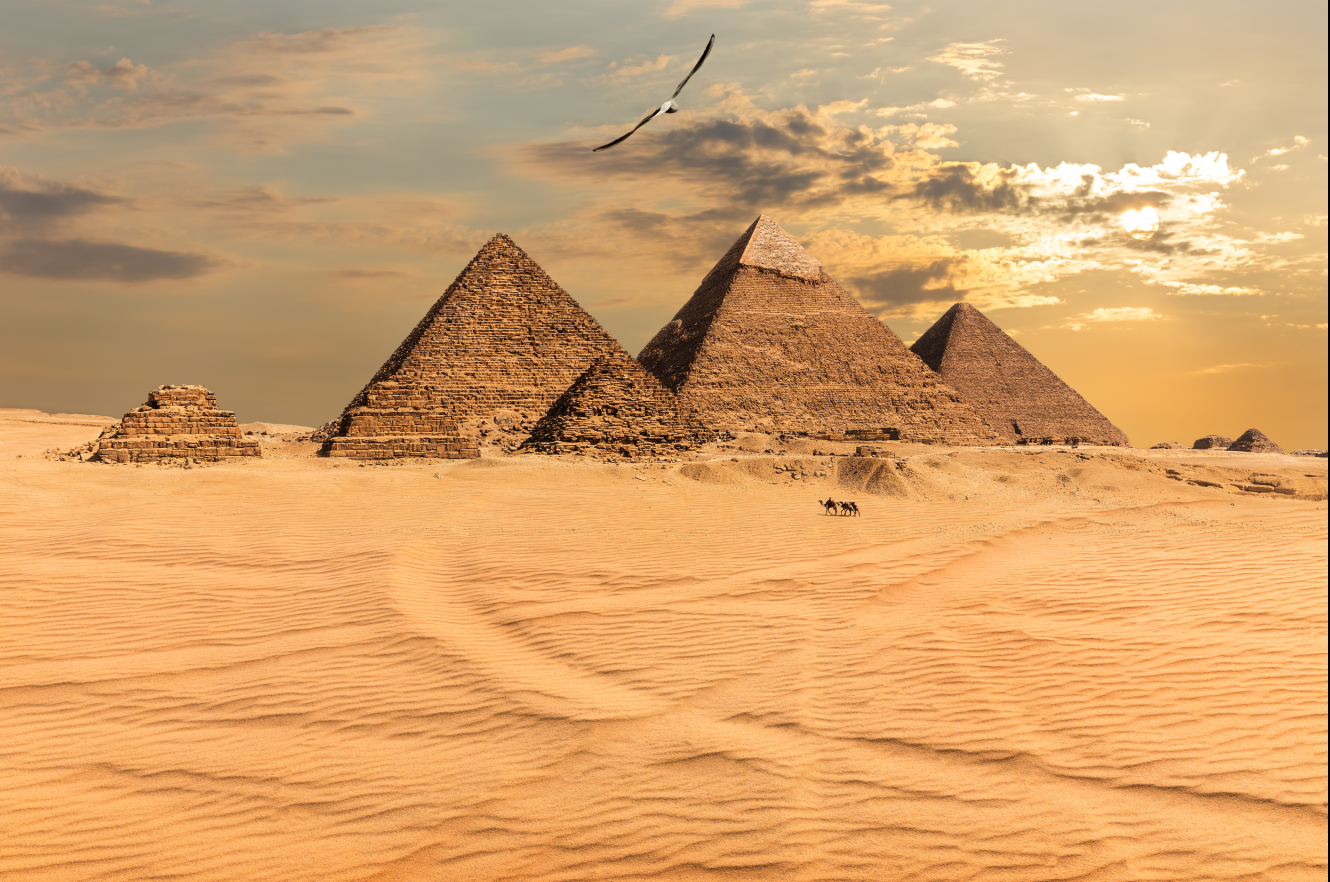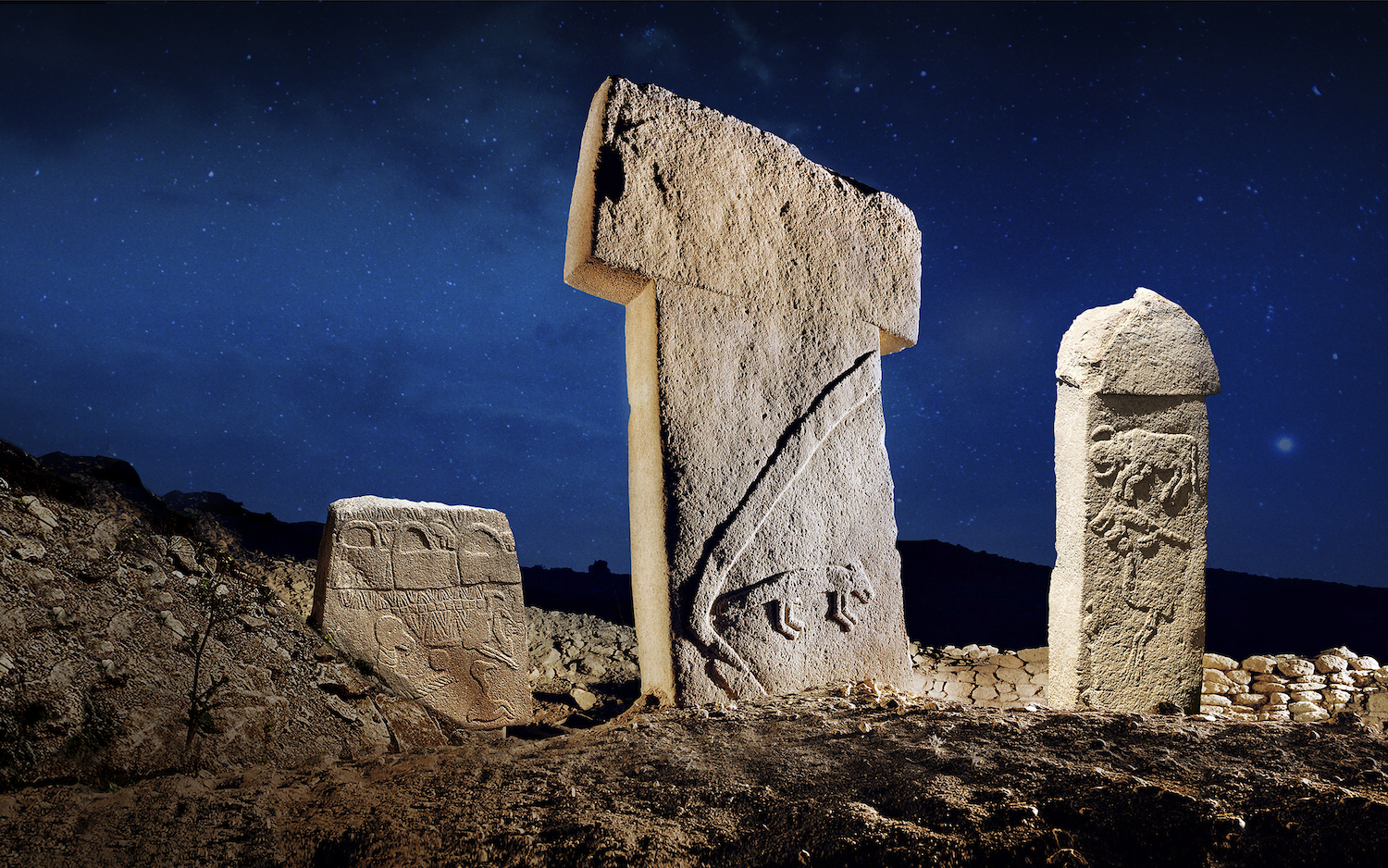In The Shadow of Magnificence, The Egyptian Pyramids...
Although Mohamed Salah, the famous Egyptian football player, has recently been included among the things that first come to mind when the word “Egypt” is mentioned, it is the pyramids, that still come to mind for most people when the name of the country is mentioned. Many words have been used to describe Egypt alongside the symbols that have left their mark on the history of the world, such as the pyramids, the famous pharaohs, including Ramses and Tutankhamun, the Sphinx, ancient civilizations, Cleopatra, the cities of Cairo and Alexandria, the River Nile and the endless deserts...

The Egyptian Pyramids, with their geometric shapes, dimensions, mysteries and construction methods, have attracted great attention in every period of human history and are counted among the wonders of the world as stunning constructions that have endured the test of time.
The reasons for constructing of the estimated 118–138 pyramids has yet to be fully understood, although most were built for pharaohs and their spouses, and mostly in the Ancient Kingdom and Middle Kingdom periods. The earliest known Egyptian pyramids were discovered in Saqqara, and date back to the Third Egyptian Dynasty, with a stepped pyramid construction dating back to the Ancient Egypt period.
The world’s most famous pyramids, however, can be found in Giza. The largest (and oldest) of these is the Pyramid of Cheops, which is one of the seven wonders of the ancient world, and still stretches into the sky today with all its stateliness. It is estimated that the construction of Keops, which is 230 meters wide and 145 meters high, took around 20 years, and it held the record as the tallest structure in the world for 3,800 years following its construction.
Studies have shown that the ancient Egyptians used the River Nile and tributaries that do not exist today to carry stone blocks weighing 15–20 tons for the construction of the pyramids.
All general evaluations and comments suggest that the pyramids were built as memorial tombs, although there continues to be a lack of consensus on the belief systems and religious principles that led to the construction of these gigantic structures.
Studies have shown that many pyramids in the country have been lost to erosion and the desert sands. Today, Egypt still remains an important site for archaeologists and experts, who continue their search for pyramids that have not yet been discovered. The last pyramid to be discovered was the one built in Saqqara for Sesheshet, the mother of Teti, a Sixth Dynasty pharaoh, the discovery of which was announced on November 11, 2008. Archaeologists who are continuing their excavations in Egypt have recently discovered hundreds of new mummies and a new pyramid near the tomb of Pharaoh Tutankhamun. Experts have also announced the discovery of a pyramid belonging to Queen Neith, who has not been listed in any archives before. According to information provided by archaeologists, these recently discovered mummies were generals and advisors to Tutankhamun.

Zahi Hawass, a world-renowned Egyptologist and archaeologist who is involved in the excavation, stated that many tunnels and 300 coffins have been discovered. He said that the coffins date back to the “New Kingdom” period, which lasted between 1,500 BCE and 1,070 BC in Ancient Egypt.
Aside from Zahi Hawass, it is also worth mentioning the other famous Egyptologists and archaeologists who have carried out recent studies into the Egyptian Pyramids, particularly Howard Carter who discovered the tomb of Tutankhamun; Flinders Petrie who went to Egypt to research the Great Pyramid when he was 26 years old and devoted his life to the field for the following 50 years, supporting most of the archaeological excavations in the country; Joann Fletcher, who shed light on the history of Egypt with the many books she published; Mark Lehner, who has clocked up more than 30 years of excavation experience in Egypt and has conducted important studies in this field; and Salima Ikram, a writer and TV commentator who has participated in many Egyptian archeology projects.
Egypt’s most famous pyramids include:
• The Pyramids of Giza
• The Pyramid of Khufu (145 meters, 2550 BCE)
• The Pyramid of Khafre (143 meters)
• The Pyramid of Menkaure (66 meters)
• The Saqqara Pyramid (63 meters, 2650 BCE)
• The Pyramid of Saqqara Pepi II (52 meters, 2250 BCE)
• The Pyramid of Maldum Snefru (93 meters, 2000 BCE)
• The Pyramid of Dahshur Snefru (103 meters, 2600 BCE)






















































































